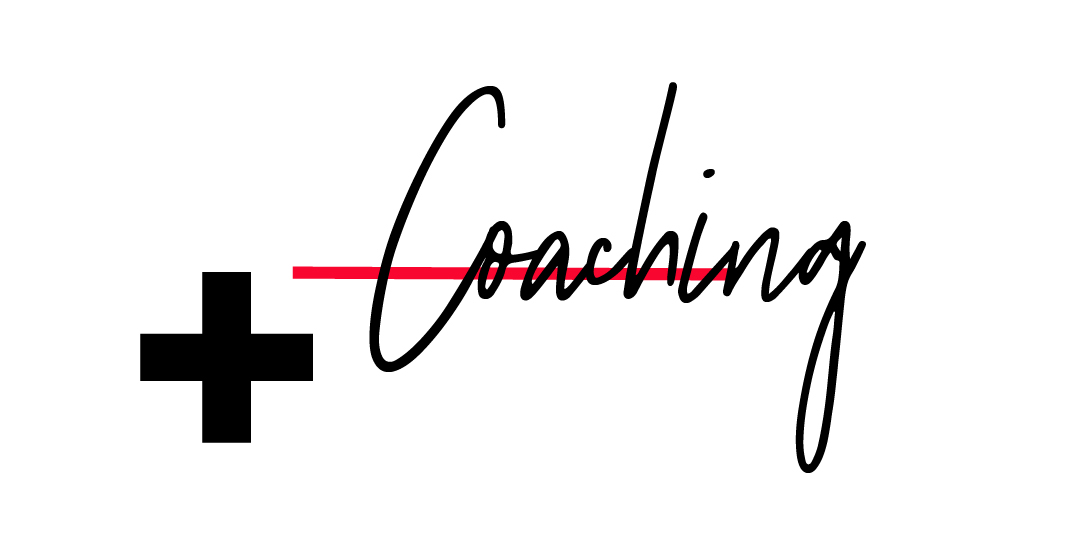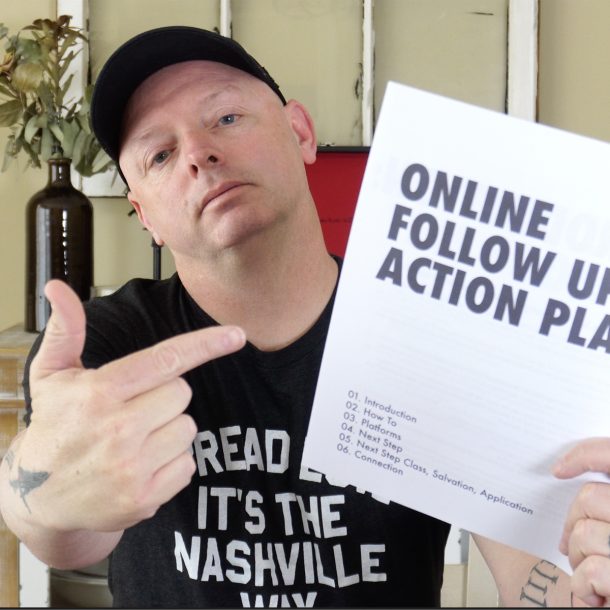Have you ever noticed that our best creative work often is inspired when we break our normal patterns or routines? In his book DRIVE, Danile Pink explains a new program that a lot of organizations have started to adopt. This program – called Fed-Ex Days – and its concept were developed by the team that runs Atlassian, an Australian programming firm. A Fed-Ex day is a day where employees work on a project of their choice with only a handful of rules. First, whatever project they choose to work on cannot be a part of their normal job. Secondly, employees only have 24 hours to work on their project; hence the name Fed-Ex day. Finally, each employee must present their creation to the rest of the team the following day.
More and more companies are embracing these non-traditional concepts to engage employees and allow them opportunities to think, process, and develop their personal creativity. Good creative leaders understand that personal creative development – the development of better art in general – creates better, more creative, and more engaged employees.
What are some of the ways you or your organization create space for employees to be creative?





Unfortunately, the organization I work for doesn’t really encourage this kind of work. But it seems like a brilliant idea — one to capitalize on the entire talent of your most valuable resource as an employer.
I’m interested to hear how other guys are experiencing this sort of freedom.
I was expecting that the rules would include actually shipping a project out via FedEx by the end of the day. In my experience, I get super-productive whenever I have to get something to FedEx by their last pickup time.
For artists/freelancers/solo practictioners, try this plan:
1. Promise someone that they’ll receive something new from you tomorrow via FedEx.
2. Get to work making something. The clock is ticking.
3. Ship your new thing and wait for feedback.
4. Bask in the satisfaction of completing something.
Fedex has always gotten me what I needed, I do my fair share of online ordering, but I keep coming across stories of people who have had really bad experiences with the company. There are some really funny vents about it here.
Very good stuff!
Something that I do that’s been working recently with groups of people who are newer to creative meetings is trying to jump start the creative proccess in them a couple days before. It’s like teaching guitar or being a coach. I have an impromptu meet up, giving my thoughts about a big idea.
If you try this with a seasoned creative team, it may come off more like micro management. But if your creative team is just getting started like in a church plant or new organization, this could be a good way to get creative juices flowing.